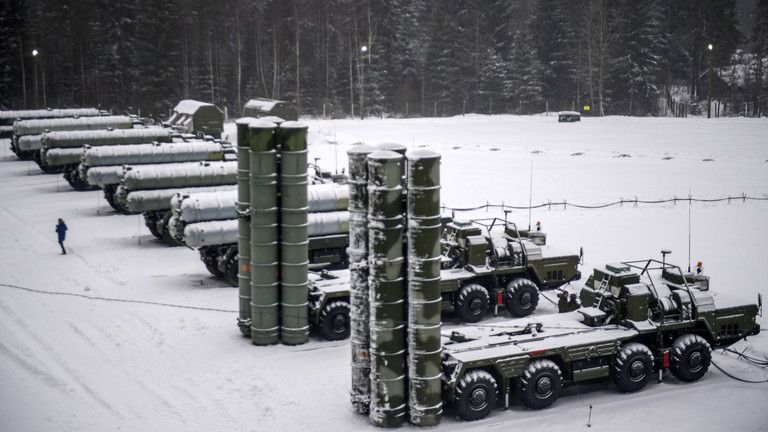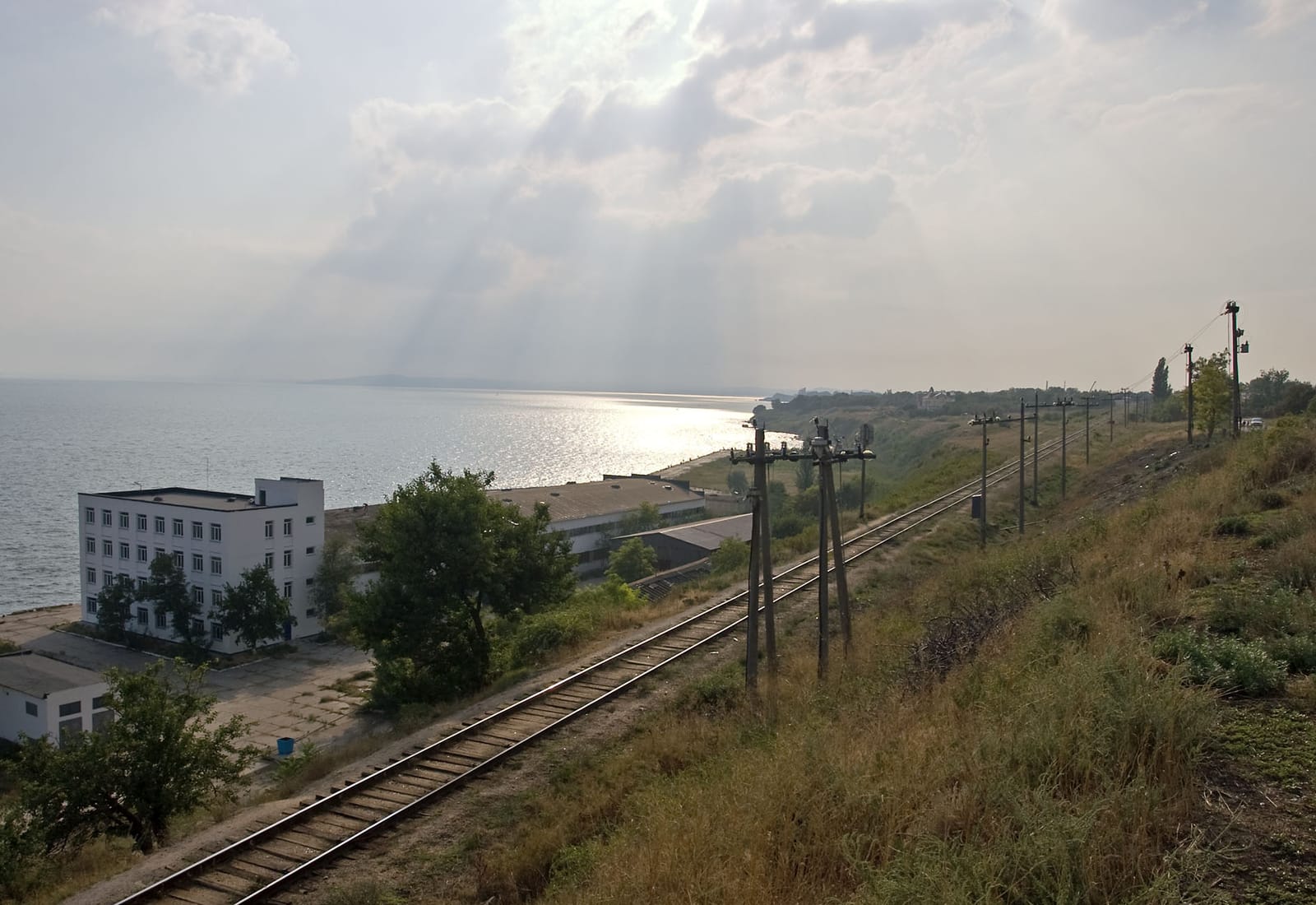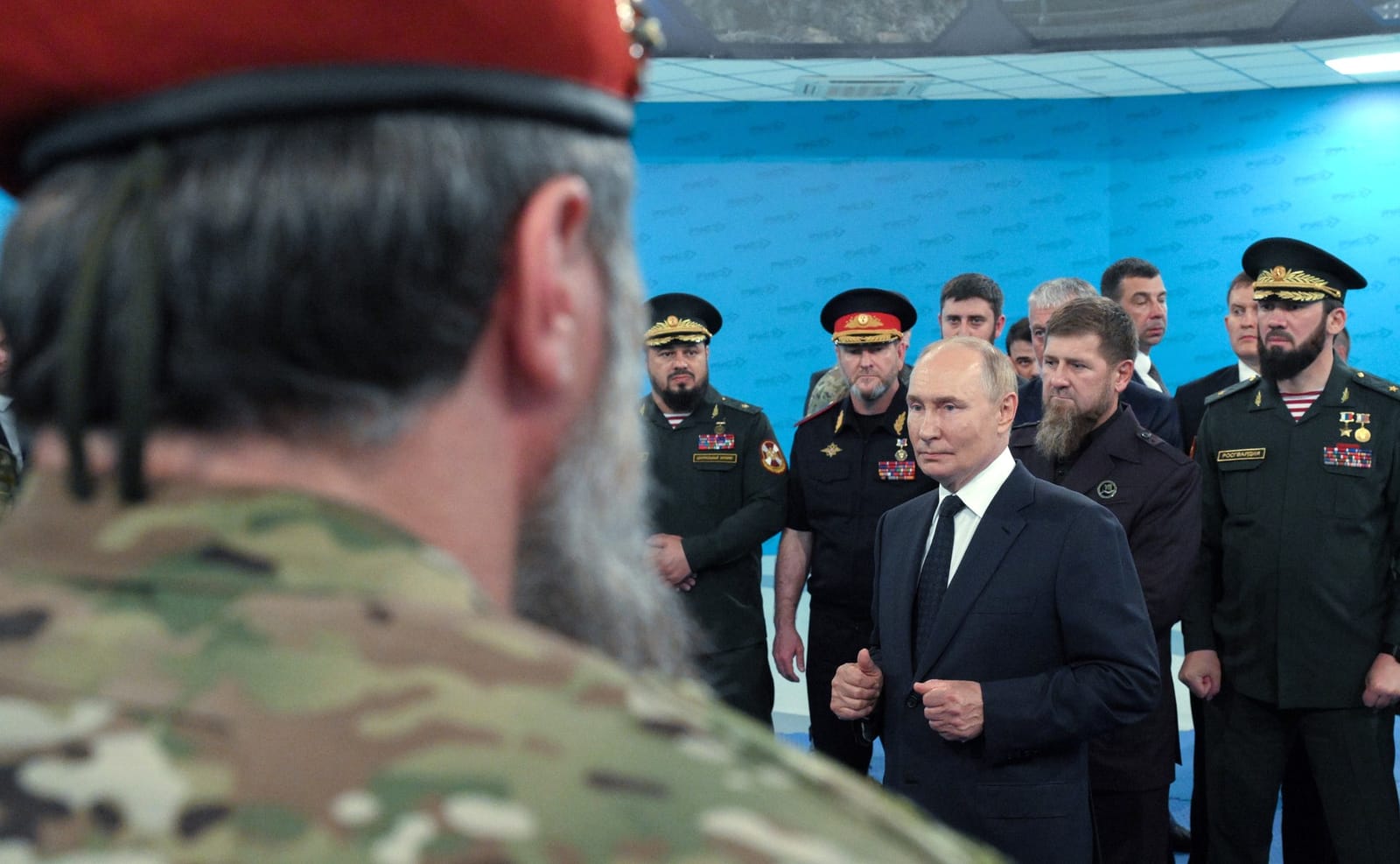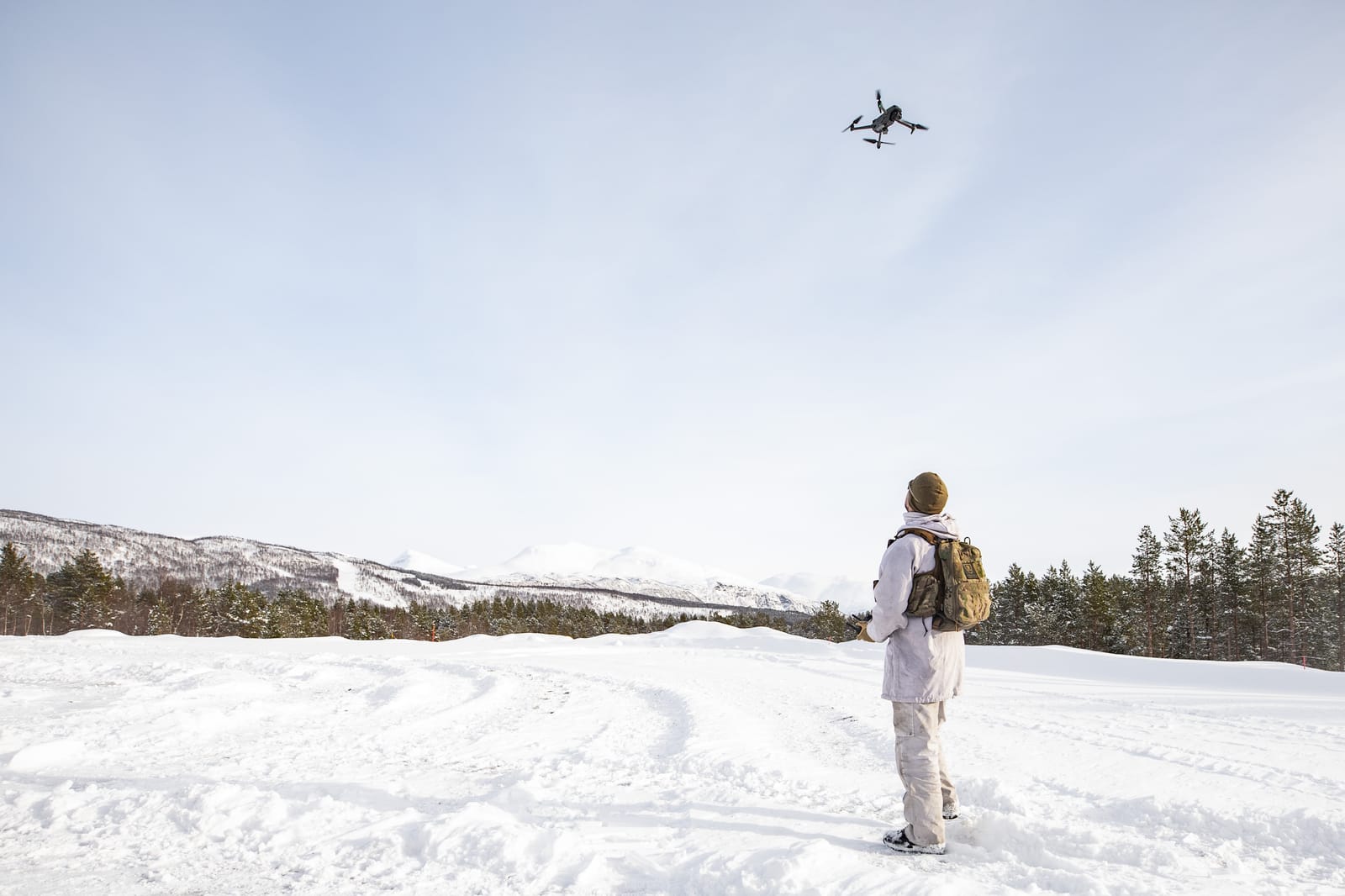There were several articles in 2019 attempting to address the Russian anti-access/area denial (A2/AD) problem set, in my view an unfortunate term that got transported from the China watcher community and slapped onto Russia, even though it has preciously little application in Russian military strategy or doctrinal thought. In a late 2019 WOTR article, which proved quite long, I sought to tackle the operational level thinking in the Russian military for how different capabilities listed under the A2/AD umbrella are likely to be used, illustrating that no A2/AD defensive doctrine or strategy exists. Russian forces are organized around offensive/defensive strategic operations which do not suggest the intention to sit back in a defensive bubble and get eaten by a U.S. led aerosopace attack.
However, this post is about the tactical side of things, and a series of claims made by colleagues about Russian A2/AD capabilities being overrated that I think need addressing. Technology fetishism and threat inflationism seems to be giving way to a dismissive attitude in some circles which is equally problematic. In my view these capabilities are misunderstood. I will briefly tackle air defense and a couple items I think it’s useful to consider on this subject. Just to be frank, this is going to be fairly rudimentary because I’m not an engineer and math is not my preferred language – on the other hand readership dramatically declines with each math formula or table you include in a post.

The first challenge with Russian air defense is the almost wanton confusion between Aerospace Forces (VKS) fielded systems, ground forces fielded air defense systems (PVO-SV), and the Russian air force within the VKS, which is often missing from this picture. Basically, much of the writing presumes that Western forces can fight the S-400 on its own, and you have a number of reports from well meaning countries that attempt to simulate the battle of NATO versus Kaliningrad, as though Kaliningrad was a country and not a tiny grouping of Russian forces relative to the whole. Given Russian framing of any conflict with a coalition of states as a regional war, we need to think about how Russian forces organize for large-scale warfare in the TVD (theater of military operations), and in a geographical span running roughly from Norway to Turkey rather than some contrived pinky fight in the Baltics.
Integrated air defense systems under VKS include the S-300 line of S-300PMU1/2, S-400, S-350 and point defense systems like Pantsir-S1. These systems are used to defend Russian critical infrastructure and ‘strategic deterrent forces’ assigned to execute strategic operations. They may cover Russian ground forces, but are not necessarily vested in defending them since the army has its own air defense component. While the S-400 may be ‘overrated,’ the echelonment of these systems creates layers of defenses at different ranges, but most importantly with different types of missile seekers. These systems provide overlapping coverage for maximum attrition, but what they really do is defend critical civilian and military objects at operational or strategic depths.
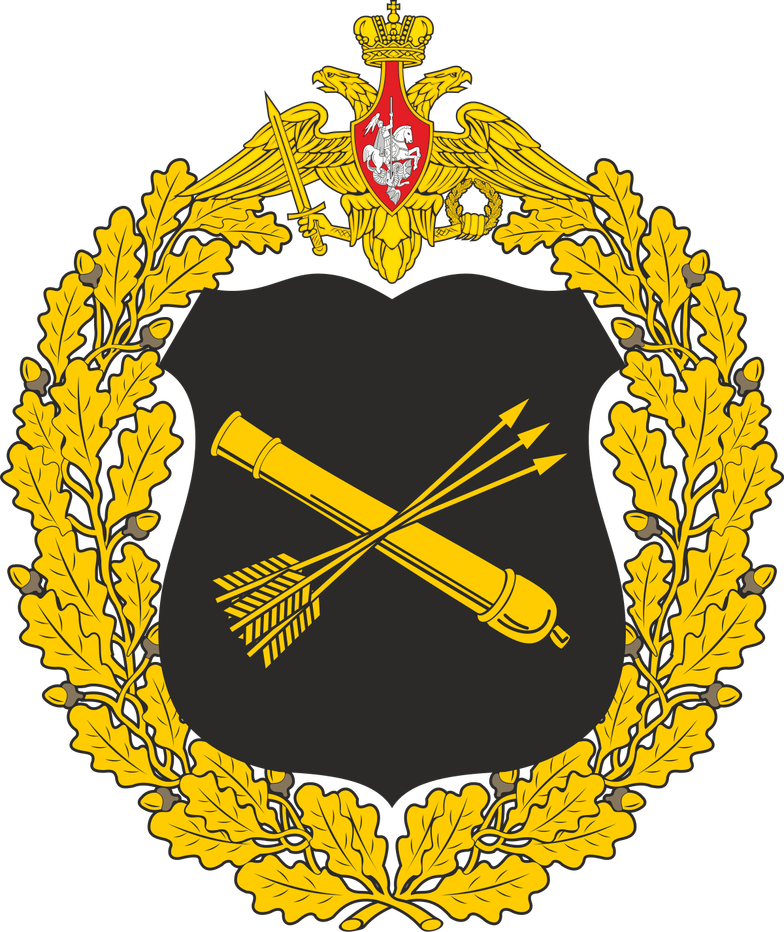
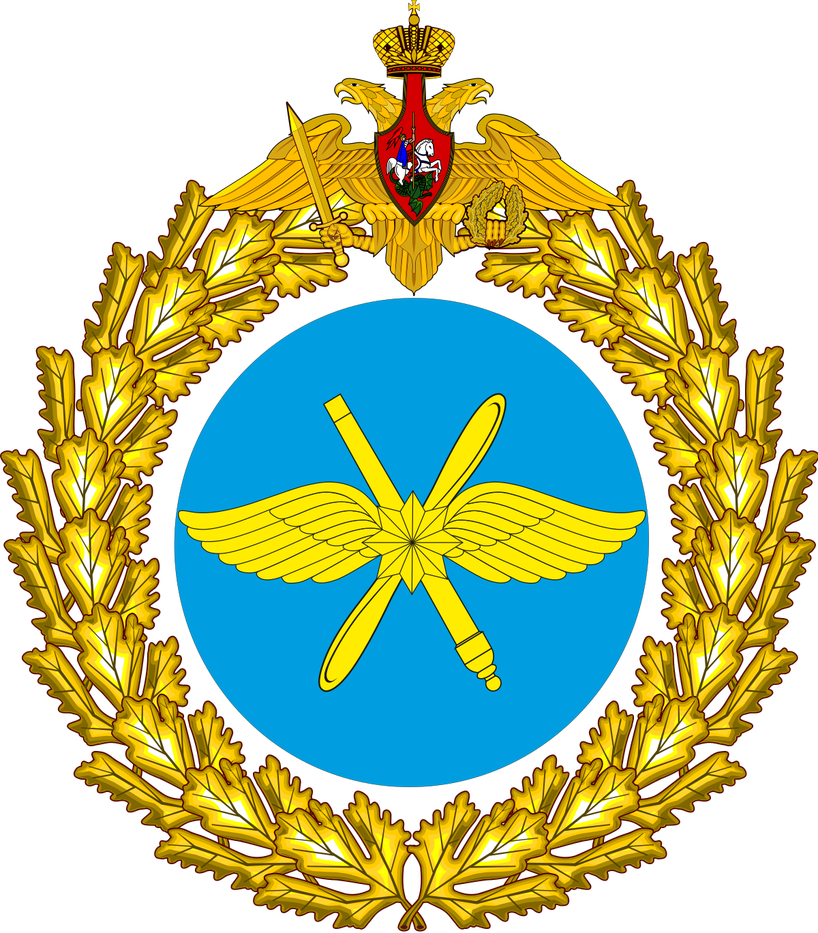
The 200km 48N6E2 and the 250km 48N6E3 is semi-active, but the much shorter range 9M96 series (60-120km) is active radar homing. The extended range 40N6 400km missile appears to have achieved initial operating capability, and also comes with an active radar seeker, although I’ve never seen the container for it. These systems excel at medium-high altitude, while the active radar homing missiles pose a challenge for pop-up attacks, low-flying aircraft, or helicopters. We will touch on low altitude penetration a bit later.
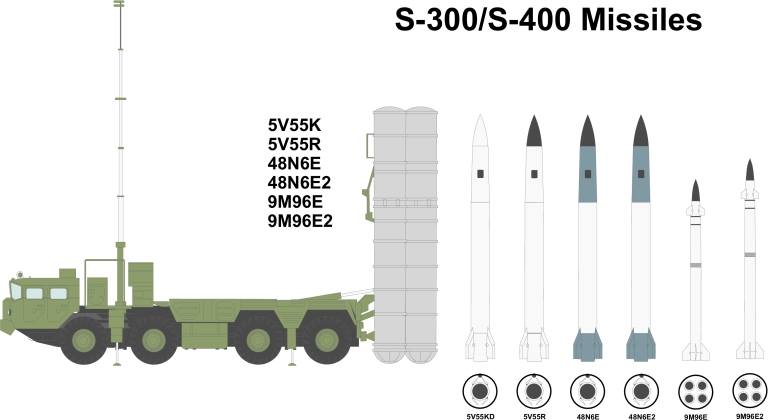
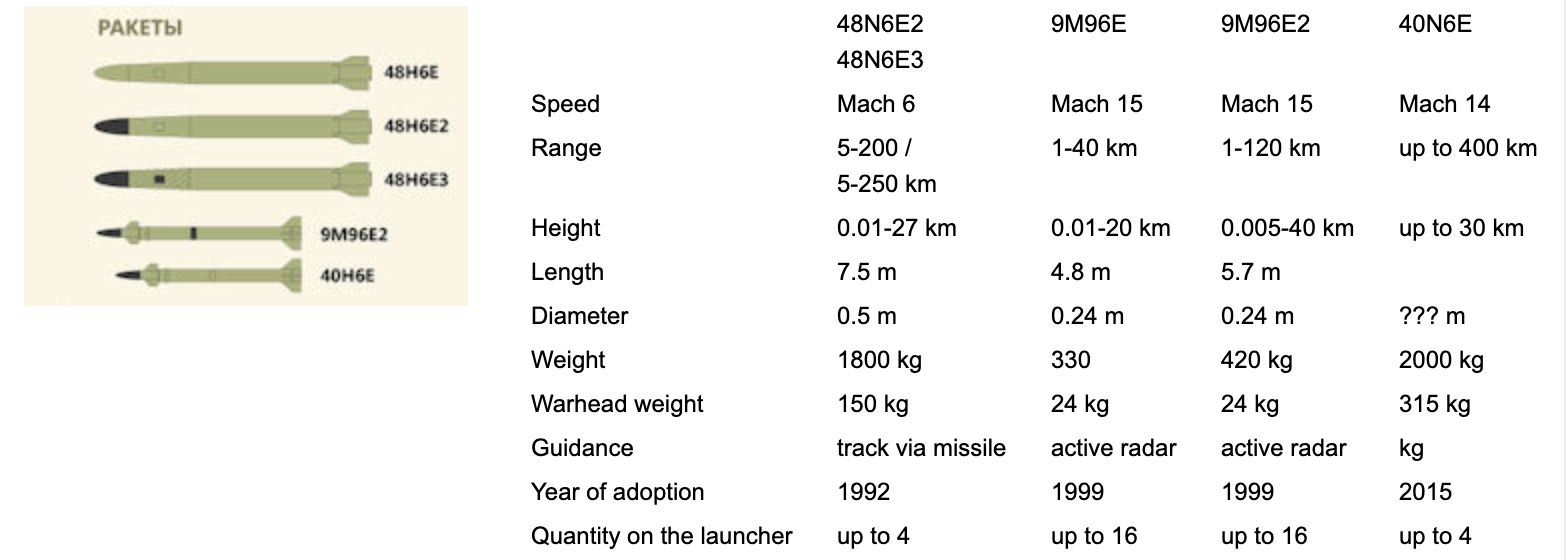
Although there have been claims that you can simply take out one engagement radar and thereby neutralize an entire battery of 6-8 TELs, it’s not clear that this is remotely true. That would somewhat defy the concept of integrated air defense and it’s probably not quite that simple given the proliferation of automated systems of command and control at all echelons of the Russian armed forces. It would be safer to assume the Russian VKS thought of that and there’s a Plan B + Plan C to ensure redundancy. This assumes that TEL #1 can only talk to fire control radar A, but cannot communicate with fire control radar B assigned to TEL #9, even though there are dedicated C3 vehicles deployed with them to enable high bandwidth communication.
Typically these systems are co-located with Pantsir-S1 batteries which provide defense against cruise missiles, and missiles intended to take out the S-400. There will also be plenty of EW systems to make life more complicated and effect disorganization on the incoming aerospace strike.

The main problem for Russian air defense is stealth and saturation. The former can offer considerable standoff relative to the effective engagement range, and the latter can simply overwhelm with munitions, decoys and drones. Low observation characteristics substantially reduce the effective range of fire control radars, which means that most of the range rings shown as ‘angry circles of death’ are meaningless. This is part of the reason why there is no Russian strategy based around bubble defense, because it’s not really possible against 5th gen, and even less so against cruise missiles. Hence there is no area denial, and not necessarily anti-access either – think more attrition, disorganization, and deflection.
However, statements about the advantage of low observation aircraft should come with caveats. Stealth does not mean invulnerability. The proliferation of increasingly mobile low-frequency Russian radars, like Nebo-M, which operate in the L-band, VHF, and UHF, means that stealth aircraft can be seen, just not necessarily engaged. These radar systems used to be quite large and clunky due to the antenna aperture required, but are now far more portable with shorter setup times. That said, any air defense network starts to develop gaps once you take down enough radars.
Most of the arguments about a Russian A2/AD strategy based on zonal defense amount to defense intellectual gobbledygook attempting to portray Russia as 1973 Egypt (limited offense followed by area defense). Here is a good example of how Russian writing depicts the problem of deflecting and attriting an aerospace attack. Note the emphasis is on the stack of threats in the aerospace domain, from low-altitude to space based assets, and the ability of Russian air defense to defense critical infrastructure/strategic deterrent forces.


Reading Russian military thought articles on the problem of U.S. massed aerospace assault, and the damage that numerous long range precision guided munitions could inflict, one gets the impression that they understand where things stand perfectly well – and they don’t like it.
That leads us to the second problem, the air force component of the Aerospace Forces, which is probably somewhere in the range of ~800 tactical aircraft. The majority of these have been modernized or replaced with new variants 2011-2019. These fighters are an integral part of the Russian air defense network, and will be looking to engage any aircraft penetrating it, which will be seen on low frequency search radars whether they are 5th gen or 4th gen.
A fair bit of writing presumes that one can perform a SEAD or DEAD mission, tackling VKS owned IADS separately, while the entire Russian air force sits parked and waits for its turn to fight, which is unlikely. Russian fighters will naturally fill the corridors or gaps between Russian air defenses, and will be guided by radar systems that can see low observation aircraft. The Su-57 seems well suited for that role. The limited availability of AWACS aircraft (A-50U) in the Russian air force is an enduring issue, but Russian fighters are primarily guided to intercept via ground control stations utilizing ground based radar. The air defense system as a strategic network is really a combination of radars, integrated air defense, tactical aviation, and missile defense.
Here is a list of aircraft deliveries I pulled from BMPD’s recent update.

My sense is that the 5th gen versus modern IADS + air force is the sort of thing that will either go really well, or quite poorly, without a lot of in between. Either way the Russian air force is likely to preemptively conduct its own aerospace assault, as part of the strategic aerospace operation, and together with long range aviation wipe out as many air assets as possible on the ground (covered in the WOTR article). Cruise missiles don’t really care if you have 4th gen or 5th gen on the runway. Remove air refueling and AWACS from the picture, things start to get less rosy.
What about Low-Altitude?
It has been asserted that one could simply negate the range of many of these systems with low altitude penetration, going in old school to negate the advantage of long range radar air defense systems. One can understand the visual appeal, complete with Kenny Loggins’ Danger Zone playing in the background. There are a few problems with this theory. The first is that 5th gen aircraft are optimized for the medium-high altitude penetration mission – stealth loses a lot of its value if you can literally see the plane and shoot it down with almost any type of short range system (SACLOS/IR/SPAAG/bow and arrow).
It’s not clear to what extent any Western air force, with the exception of Israel, spends much time training for low-altitude penetration, and while the aircraft can do it, many pilots probably cannot. Without training, nap-of-the-earth flight is likely to result in disaster before Russian air defense can even have a chance to shoot something down.
The second problem is that it’s not a cure-all given many Russian radars are found raised on masts, plus most Russian systems carry a shorter range active radar seeking missile variant. As the S-350 proliferates in the VKS, and the Buk-M3 in PVO-SV, this will become even more of a problem. Naturally the earth’s curvature dramatically affects radar range against a low flying target, but there is a great deal of complexity that goes into assessing a radar’s effective targeting range over the horizon – especially since atmospheric conditions and terrain play an important role. I’m an expert on none of these things, but Russian search and fire control radars frequently come mounted on 24 or 40 meter masts. We should ask why.

Some basic calculators I found online show that all things being equal against a target flying at 100 meters your targeting range from a 5 meter height is only 27km, but from a 24 meter height you get 62km and from a 40 meter height 67km (hopefully I got those right). I’m not a radar expert, but the Russian military likes to put them on telescopic masts for a reason. If you can see the air defense radar in a 4th gen aircraft then it can probably see you. This problem might be solvable by pop-up attacks when dealing with semi-active radar missiles, but then you have a batch of 9M96 active seeking missiles to deal with because the radar only needs to see you for a brief amount of time and the missile seeker will figure out the rest of the problem.

It is also worth mentioning that the proliferation of Russian over the horizon radar systems pose a challenge for launching an aerospace attack undetected at any altitude. The relatively short range Podsolnukh-E, which uses the ocean as a conducting surface can see 450km out and being deployed with every Russian fleet. Strategic OTH systems like Container are located deep inside Russia and can see most of Europe’s airspace at ~3000km range. This simply means that Russian VKS will see an aerospace attack coming whether it is high, medium, or low altitude and without that element of surprise you get more attrition.
The last problem is that by avoiding VKS IADS an aircraft may quickly become best friends with Russia’s PVO-SV.
The PVO-SV problem for low or medium altitude
Air defense units belonging to the Russian land forces (PVO-SV) do not need VKS IADS, because they carry a thicket of their own air defense systems to cover the maneuver formations. These include Tor-M1, Buk-M2, various radar assisted gun systems, and MANPADS. The problem with attempting low altitude penetration or close air support against Russian ground forces is that they have a very high density of short range air defense systems able to reach to medium altitude.
Newer systems add to the challenge. Buk-M3 is much more capable than its predecessors, with active radar homing missiles (70km on 9R31M), a separate radar that can be raised on a retractable mast, and a containerized missile for quick reloads. These more capable systems are to be found in air defense brigades include S-300V4 and Buk-M3, while M2 is probably going to stick around in air defense regiments/brigade. Almost anything in the PVO-SV arsenal can shoot down cruise missiles, although that’s not their primary mission.

Meanwhile S-300V4 is really the mobile missile defense system for the Russian ground forces, designed to provide standoff capability against high value aerial assets like AWACS, or jammer aircraft. In terms of capability this has always been a more interesting system than the S-400, because of its ability to engage ballistic missiles, cruise missiles, and maneuverable aerodynamic targets. This system was deployed to Syria, and largely unnoticed given the fixation on the S-400. Antey fielded a 400km missile against low maneuverability targets, 9M82 ‘Giant’, well before the 40N6 went into development for the S-400. The 9M83 ‘Gladiator’ missile is comparable to the 48N6 line, and the system components are tracked which makes them quite mobile. S-300V4s are due for an upgrade, and will be bought in increasing numbers for Russian air defense units assigned to fleets. I would watch this space – PVO-SV is going to get a lot more capable in the coming years.

Wrapping up
So Russian A2/AD is overrated in large part because of our own technology fetishism and terrible understanding of how Russian forces are actually organized. It does not exist as a doctrine, or a military strategy, but we should not over simplify the discussion in attempts to debunk the tactical capabilities of Russian military technology. All you have to do to achieve air dominance is eliminate the VKS radars, the low-frequency radars, and the Russian air force – then you’re largely ok right after dealing with the countless PVO-SV air defense systems. Assuming you don’t run out of munitions early on into this process, or aircraft, and all the high value enabling platforms do not get attrited, then it’s a manageable problem.
In some respects Russian IADS are a sort of McGuffin plot vehicle. As long as time and munitions are spent on them, Russian critical objects are safe, and one way or another the IADS end up executing their mission – which is not to defend themselves but to defend that which is strategically significant for the success of operations in the TVD.
In my view the balance of aerospace assault vs air defense remains offense dominant (I understand offense/defense dominance is not a thing because Keir Lieber says so), but that is probably not enough to offer confidence in the initial period of war. The problem is that Russia’s military has always seen defense to be cost prohibitive, and there for focused on an offensive damage limitation strategy + functional defeat of the adversary. So whether you think Russian A2/AD systems are amazing, or overrated, just remember – there is no such doctrine or term in the Russian military and the conversation misses the plot on how Russian forces actually organize at the operational-strategic level.
Foto: S-400 (Sputnik / Alexander Galperin)
Artikkelen er publisert på forfatterens blog.


